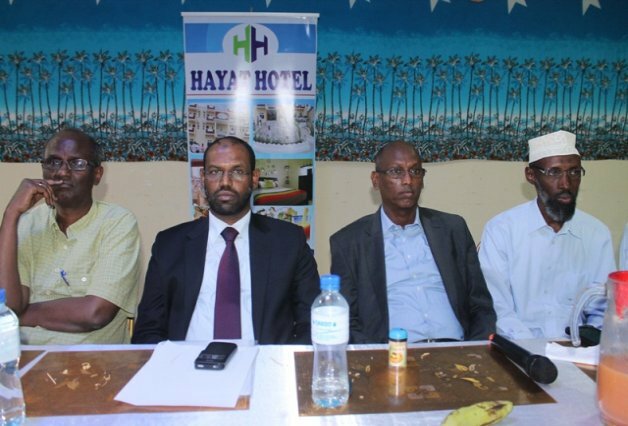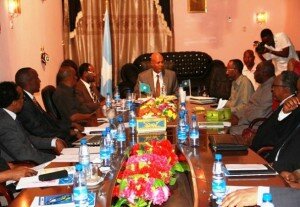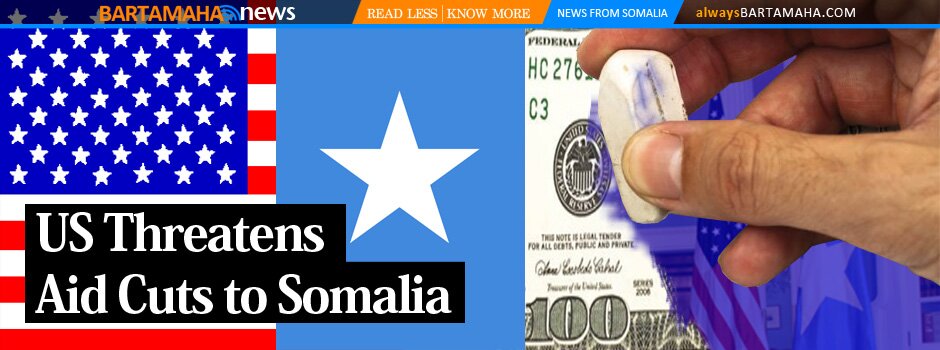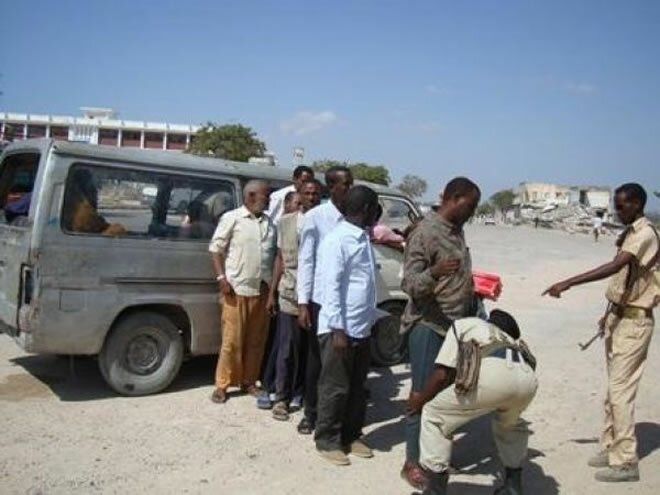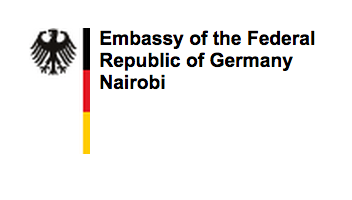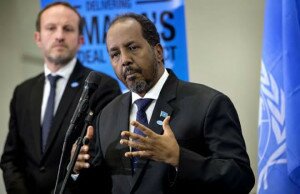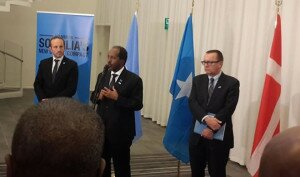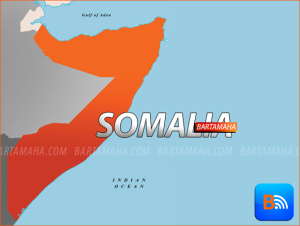“SSC” Is the Last Hope to Bridge Somalia Back Together by Sadia Aden
Like many nations in Africa, Somalia has endured the legacy of the foreign expedition of greed throughout the continent. After the Berlin Conference 1884, Western European powers sought to divide Somaliland — one of the most homogeneous regions of Africa — into British Somaliland, French Somaliland, Italian Somaliland, Ethiopian Somaliland (the Ogaden), and the Northern Frontier District (NFD) of British Kenya. Thus, sowing the seed for the current ongoing inter and intra-regional unrest of Somalia.
Fast forward to 1991: a mix of northern and southern clan-based militias armed, financed, and supported by Ethiopia toppled Somalia’s central government and, in due course, brought the strategic collaboration between these militia groups to an end as each went to secure its area of influence (read clan-based). This formula would work for some and not the others.
Stabilization has proven a difficult undertaking in a number of the southern regions while in the northwest and northeast regions (Somaliland and Puntland) clan militia groups and their clan elders were able to bring relative stability to those regions. This, some argue, was possible mainly because of the clear single clan dominance in both of those regions.
Though, both northwest and northeast regions of Somalia enjoyed relative peace that gained them much praise, they both fell short of playing a pivotal role in instilling hope in the hearts and minds of the majority of people in the rest of Somalia. Neither Somaliland nor Puntland has indicated any interest in mediating between their warring brethren in the South.
Many Somalis both in the homeland and in the Diaspora (including this writer) have envisioned that a modified version of the northern model of peace that is free of clan dominance could be duplicated in the rest of Somalia — creating a foundation of a homegrown national reconciliation that could ultimately save Somalia. Lamentably, Somaliland and Puntland opted to keep their respective successes local and within the confines of their respective clans. The said approach has not only fueled the already underway clanization of the Somali political problem, but has lent both of these two political entities to forcefully subjugate dissenting voices of people from other clans with impunity. And as a result have deepened the distrust between local clans.
Squeezed between the powers of these two administrations are the people of Sool, Sanaag, and Cayn (SSC) — their high rate of inter-marriage with people of Somaliland and Puntland, notwithstanding. Clans within the SSC are considered the bridge and the glue that kept the union of North and South or the Somali state together. Over the years, the people of SSC have taken the brunt of Somaliland and Puntland forces; each wanting to annex them.
In addition to the impact of the long drought, these people continue to suffer sporadic violent campaigns from both sides. And though it is hidden from the world’s view, their condition is another humanitarian disaster in the making.
Meanwhile, there are the howling voices of the women and children of these regions as they are torn between the men they love, their husbands, sons, fathers, brothers and next of kin, who are dying as a result of a tug of lethal war fought in the name of secession versus union.
I recently received an email from a friend whose father is from Hargaisa (Somaliland) and his mother from Buhodle (SSC). In it he made this heart-wrenching comment that eloquently sheds light on the tragedy of fratricide or clan wars; especially as it divides families. He said “Territories that want to secede should not be allowed to force those who want to remain in the union. My father should just leave my mother in peace if she wants Sool to be part and parcel of Somalia. And he is free to pursue his political desires to run with Somaliland as he wishes.”
Somalia is inundated with arms and ammunitions, and anyone with money can buy them to kill and maim the innocent such as women, children, elderly and minorities with impunity. Let there be no mistake, using force to annex these regions is a loose/loose proposition. It will only contribute to more deaths and destruction that could end the relative peace long enjoyed by the people of the north.
Against that backdrop, the Obama administration’s Dual-Track (multi-track) policy toward Somalia has exacerbated the situation for these people. This policy gave boost to the institutionalization of clanism as it is set to further polarize the society by engaging non-state actors such as clan based administrations, militias, clan leaders and self-proclaimed ones as legitimate leaders so long as they are against Al-Shabaab; even if these actors are against the Transitional Federal Government (TFG) — the same government that the U.S. claims to support. The continuation of the counter-terrorism containment policy only provides bandages to festering wounds that neither helps Somalia nor the U.S.
To remedy the long standing issue of SSC regions, both Somaliland and Puntland must end their respective campaigns of forcing the people of SSC into submission. Violence cannot solve this problem. On their part, the TFG must be mindful of people of SSC’s struggle for self-preservation while genuinely addressing the grievances of their brethren from the north-western and pave the way and indeed spearheading a genuine national reconciliation initiative that holistically addresses the Somali political problem.
___
Huffington Post
Comments
comments
 Calendar
Calendar



















